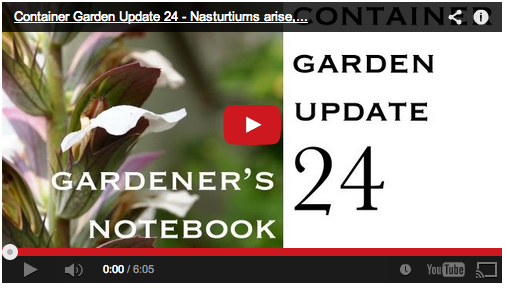Mountain Cornflower (Centaurea montana)
Small, blue flower, native to the mountains of Europe that adds interest to any garden.
Discovered via Pinterest User Longsight Nursery and Landscaping
Centaurea montana (perennial cornflower,[1] mountain cornflower, bachelor’s button, montane knapweed or mountain bluet) is a species of Centaurea endemic to Europe. It is widespread and common in the more southerly mountain ranges of Europe, but is rarer in the north. It escapes from gardens readily, and has thereby become established in the British Isles, Scandinavia andNorth America.
C. montana grows in meadows and open woodland in the upper montane and sub-alpine zones, in basic areas. It grows to 30–70 centimetres (12–28 in) tall, and flowers mainly from May to August.
C. montana may be distinguished from other Centaurea species in the region by its usually entire leaves, and the blue-purple colour of the outermost ray florets. It may be distinguished from the cornflower, C. cyanus, by having a single (rarely up to three) flower heads, and by its being perennial, whereas the cornflower has many flower heads and is annual. The closely related C. triumfettii has more narrowly winged stems, narrower leaves and grows in rockier areas.
Centaurea montana grows in gardens where it grows best in sunny positions. It tolerates some light shade. Since the plant is evergreen it can use the light in winter and early spring when deciduoustrees and shrubs have no leaves. It tolerates deciduous shade better than evergreen shade and prepares to flower while deciduous plant are bare. Therefore it can flower reasonably well in light deciduous shade. If the plant is dug up, a new plant can eventually regenerate from small pieces of root left in the soil. Centaurea montana grows well in soils varying from light sand to heavy clay. The plant also grows well in acid, neutral or very alkaline soils. It tolerates drought but cannot tolerate waterlogged conditions.[2]
This plant is inedible; however, it is a popular medicinal plant in Central Europe. — Wikipedia
More information on Mountain Cornflower (Centaurea montana):
- Mountain Cornflower (Centaurea montana) on Wikipedia
- Mountain Cornflower (Centaurea montana) Discussion at Dave’s Garden
- Mountain Cornflower (Centaurea montana) on Midwest Gardening
** Many of these books may be available from your local library. Check it out!
- Euphorbia ‘Black Bird’
- Firecracker vine (Ipomoea lobata)
- Eryngium yuccifolium
- Dahlia ‘Karma Choc’
- Echeveria Agavoides
- Jerusalem Sage (Phlomis fruticosa)
- Hummingbird Sage (Salvia spathacea)
- Seaside Daisy, Beach Aster (Erigeron glaucus)
- Toyon (Heteromeles arbutifolia)
- California Lilac (Ceanothus)
- Bigberry Manzanita (Arctostaphylos glauca)
- Douglas Iris (Iris douglasiana)
- Malva Rosa (Lavatera assurgentiflora)
- Baby Blue-Eyes (Nemophila)
- Coral Bells or Alum Root (Heuchera)
- Deer Grass (Muhlenbergia rigens)
- Echeveria ‘Lola’
- View all past “Interesting Plant” posts
Interesting Plant is a series from A Gardener’s Notebook blog and podcast that highlights the most interesting plants I find in my Internet and real-world travels — Douglas




